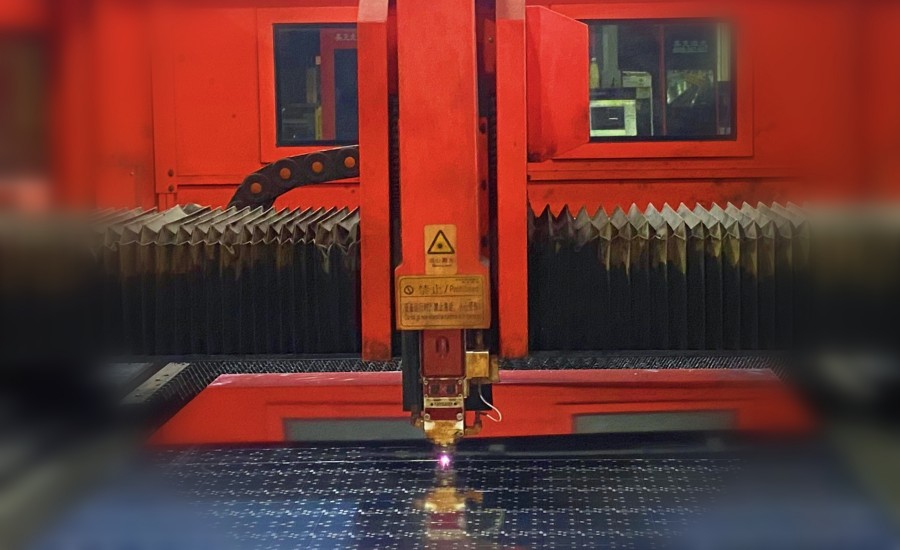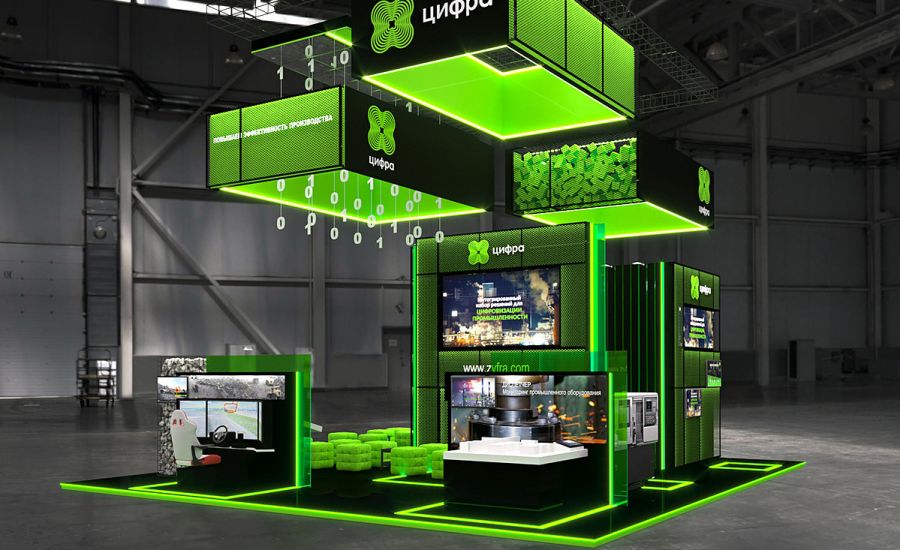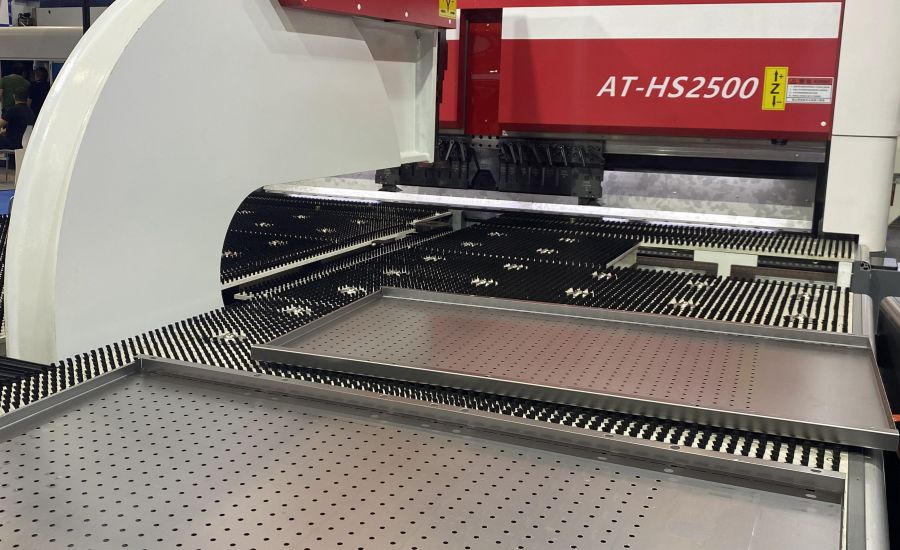Bao'an, Shenzhen, China +86 - 15092412608 Mon-Sat: 9am to 6pm
Laser Cutting & Forming - grantvov.com

Manufacturing Service
- Process : Laser Cutting & Forming
- Complete Date : 1 May, 2023
Laser Cutting & Forming
The Characteristics of Laser Cutting & Several Typical Applications
Characteristics and Applications of Laser Cutting
Laser cutting is currently the most widely used laser processing technology, and laser cutting is used in many fields, such as the automobile manufacturing industry and the machine tool manufacturing industry, for the processing of sheet metal parts. With the continuous improvement of high-power laser beam quality, the processing object range of laser cutting will be more extensive, including almost all metal and non-metallic materials. For example, laser can be used to cut three-dimensional parts with complex shapes on materials with high hardness, high brittleness and high melting point, which is also the advantage of laser cutting.
Several key technologies of laser cutting are the comprehensive technology of optical, mechanical and electrical integration. The parameters of the laser beam, the performance and accuracy of the machine and the CNC system all directly affect the efficiency and quality of laser cutting. The precision, efficiency and quality of laser cutting vary depending on different parameters, such as cutting power, speed, frequency, material thickness and material, so the operator’s experience is particularly important.
The Main Advantages of Laser Cutting
Compared with the traditional cutting process, laser cutting technology has obvious advantages. For sheet metal processing, laser processing technology is a very advanced cutting process, which can greatly improve labor productivity.
In the process of sheet metal processing, the application of laser cutting machine can effectively shorten the processing cycle, improve the processing accuracy, and eliminate various replacement stamping tools when processing highly complex and complex parts with high precision.
It can process a variety of metals and non-metals, especially materials with high hardness, high brittleness and high melting point.
1. Although the cutting speed is very high, the cutting seam is relatively small, the incision part is smooth and flat, and the overall cutting quality is very good; The incision width is narrow (generally 0.1-0.5mm), high precision (general hole center distance error 0.1-0.4mm, contour size error 0.1~0.5mm), good incision surface roughness (generally Ra is 12.5~25μm), and the cutting seam can generally be welded without secondary processing.
For example, using 2kW laser power, the cutting speed of carbon steel with a thickness of 8mm is 1.6m/min; The cutting speed of stainless steel with a thickness of 2mm is 3.5m/min.
2. Small heat-affected zone for processed materials: the laser beam irradiated to the surface of the object is a local area, although the temperature of the processing part is high, the heat generated is large, but the movement speed during processing is fast, and it is local processing, its heat-affected zone is small, and there is almost no effect on the non-irradiated area. During the cutting process, the processed workpiece basically does not produce deformation, the deformation is extremely small, and the subsequent processing amount is small.
3. Flexibility of processing: the laser beam is easy to focus, diverge and guide, and it is convenient to obtain different spot sizes and power sizes to adapt to different processing needs, has a large cutting range, and there is no limitation in cutting shape. And by adjusting the external optical path system to change the direction of the beam, and CNC machine tools, robots to connect, constitute a variety of processing systems, easier to achieve numerical control, the implementation of complex workpiece processing, laser processing is not subject to electromagnetic interference, can be processed in the atmospheric environment.
4 . There is no “tool” wear in the laser processing process, no “cutting force” acting on the workpiece, eliminating the wear problem of instruments in the traditional cutting method, cutting cost is lower and production efficiency is higher.
5 . In the complex processing does not need mold support, in the absence of abrasives, laser cutting throw can process sheet metal parts of various shapes with high precision and high quality, not only flexible processing methods, but also reduce processing costs because of the need for molds.
6 . Non-contact optical thermal processing: laser is non-contact processing, cutting without tools, cutting edge without mechanical stress, and no tool wear and replacement, disassembly and assembly problems, can improve processing efficiency; The workpiece can be tightly nested or nested in any form, so that the raw material can be fully utilized, the twisting phenomenon of the processed part is minimized and the amount of wear is reduced.
7 . Clean, safe and pollution-free, which greatly improves the working environment of operators.
Comparison of Laser Cutting and Punching Machines
In the past, the sheet metal processing industry used traditional punching machines for stamping, and later developed into CNC turret punches and composite machine tools. With the progress of society, laser cutting technology has also been introduced into the metal processing industry, and has become a rapidly developing and widely used advanced processing method for plate cutting in industry.
In the metal processing industry, laser cutting is widely used in low carbon steel and 8mm stainless steel with a thickness of no more than 20mm, of which most of the sheet metal parts are complex in contour shape and small in batch, such as automatic elevator structural parts, elevator panels, machine tools and grain machinery covers, various electrical cabinets, switch cabinets, textile machinery parts, engineering machinery structural parts, large motor silicon steel sheets, etc. In addition, some metal patterns, logos, and fonts used in decoration, advertising, and service industries can also be manufactured by laser cutting.
CNC brick tower punching machine is suitable for mass production of products with simple shapes. The finished products include electrical cabinets, communication system switch cabinets, elevator door panels and handrail panels, steel furniture, etc.
Compared with the same cutting process and stamping conditions, laser cutting machine due to its flexibility and other advantages (e.g. laser cutting only needs to cut according to the shape of the drawing, and does not need to manufacture molds, so that the production cycle is shortened) can enhance the market competitiveness to adapt to various types of products. The laser cutting machine and the CNC brick tower punching machine complement each other to realize the processing of a variety of plate and metal parts.


